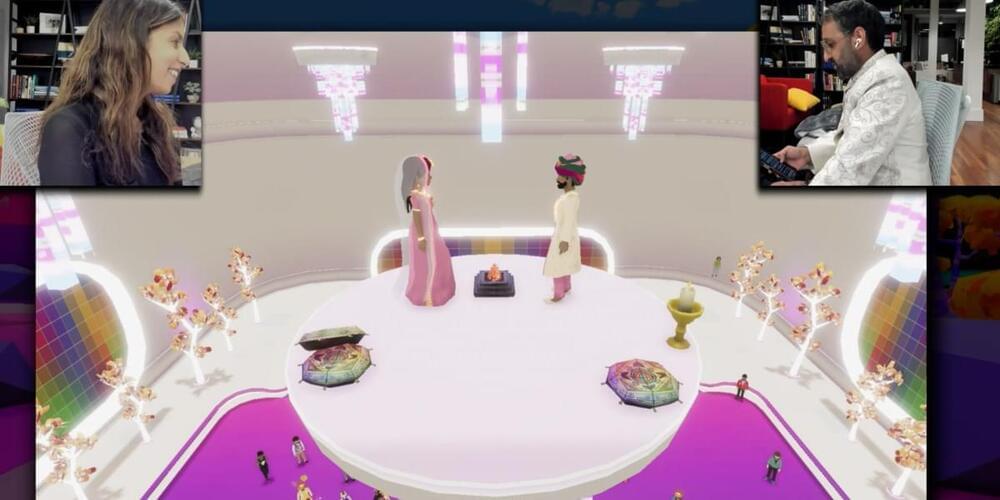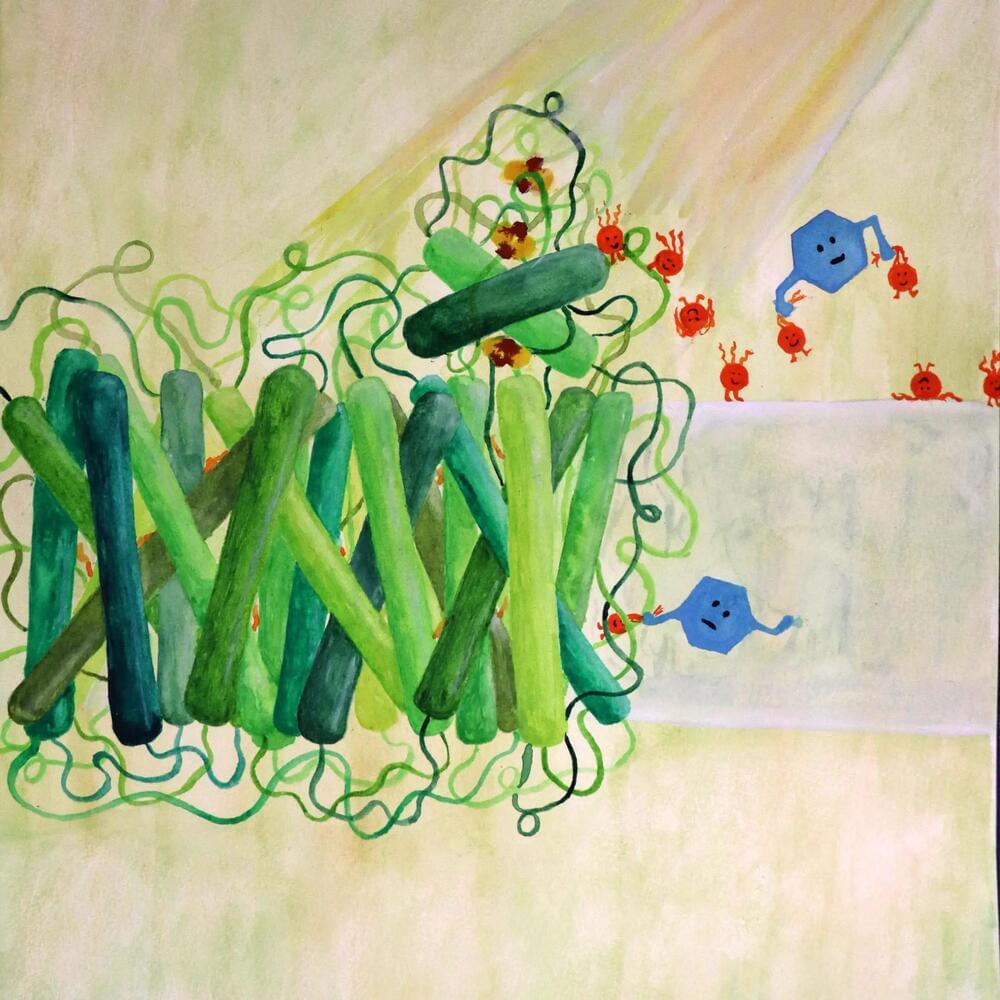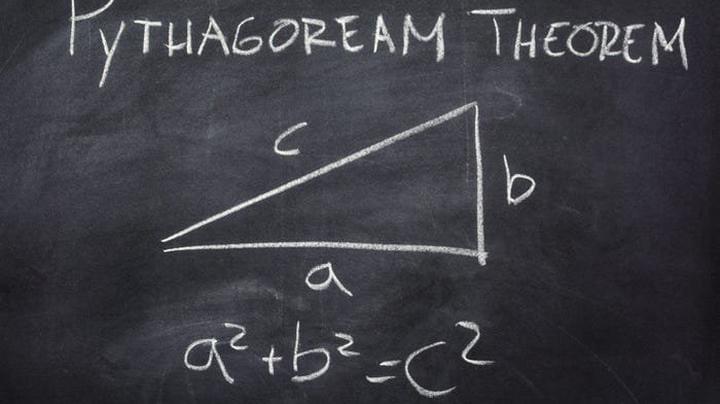You may already know that it’s important to wash your hands, wear a face mask and avoid sick people while neutropenic.
But is there anything else you should — or should not — be doing to avoid infections when you’re immunocompromised by a low white blood cell count during or after cancer treatment?
We spoke with internal medicine expert Carmen Escalante, M.D., for insight. Here are five precautions she shares with immunocompromised patients and their caregivers.









